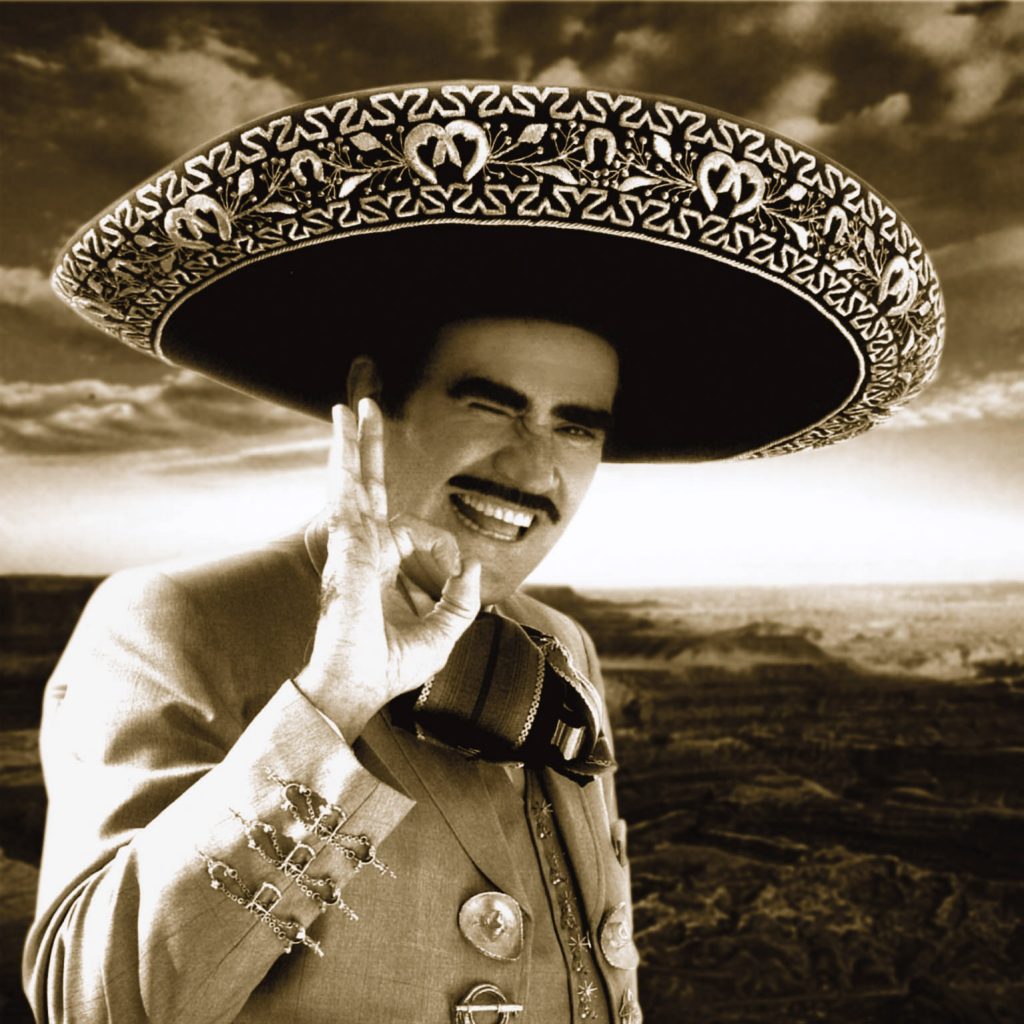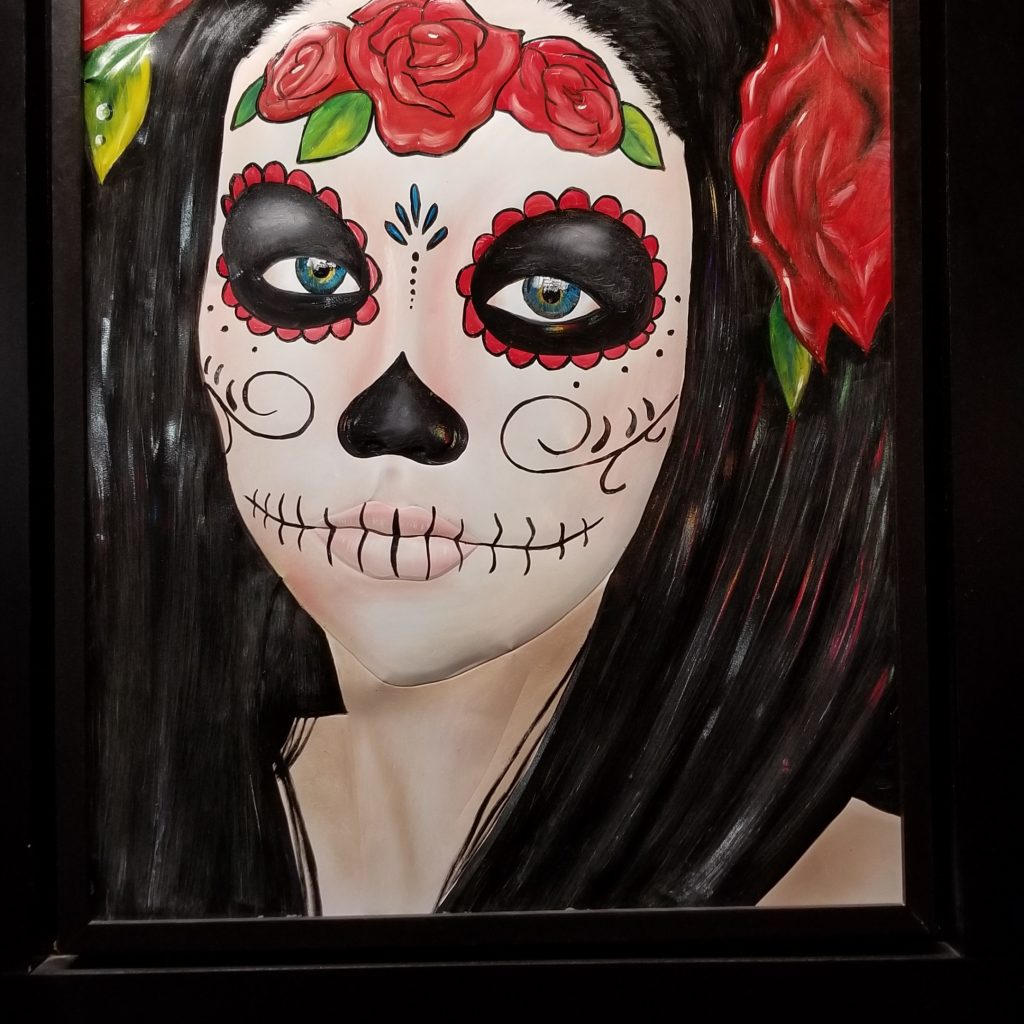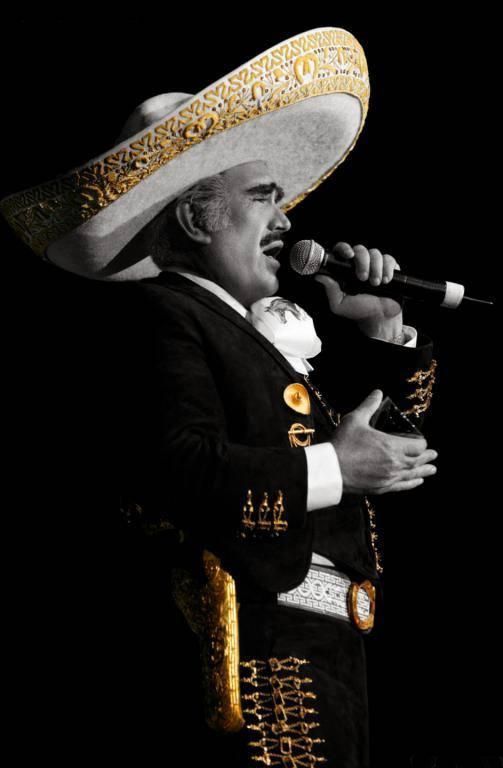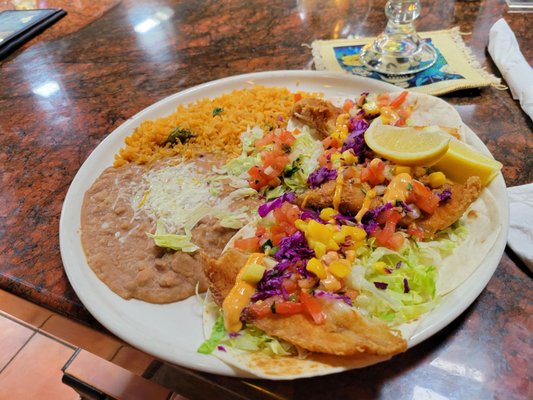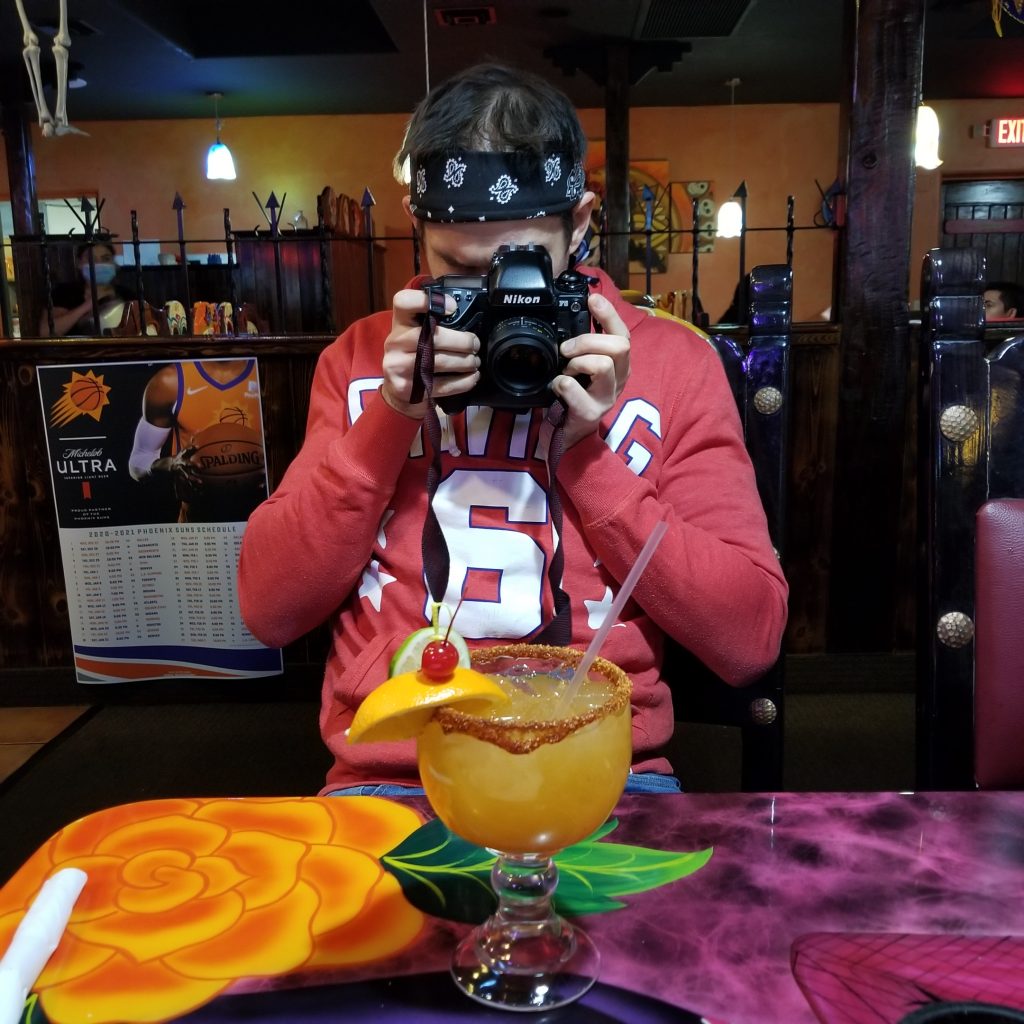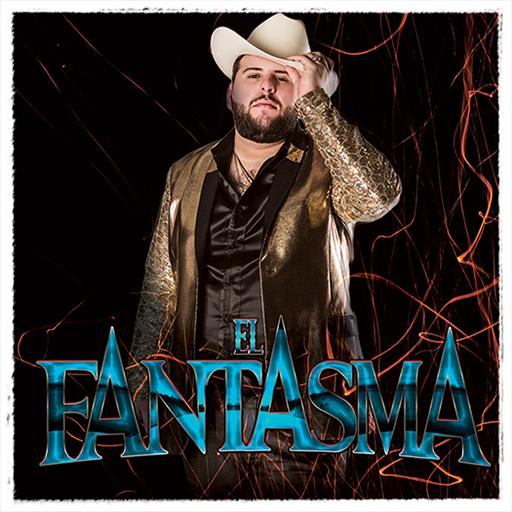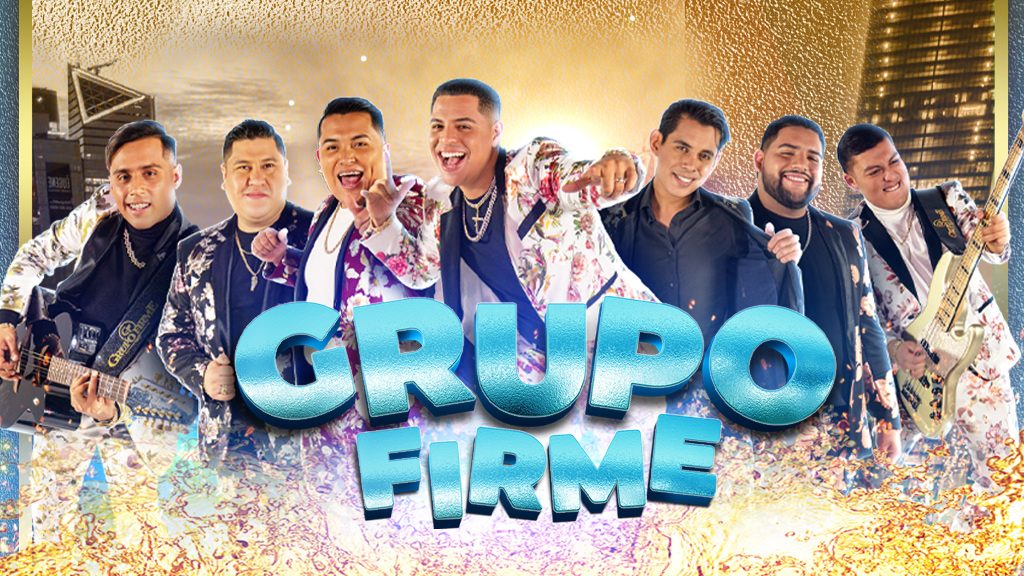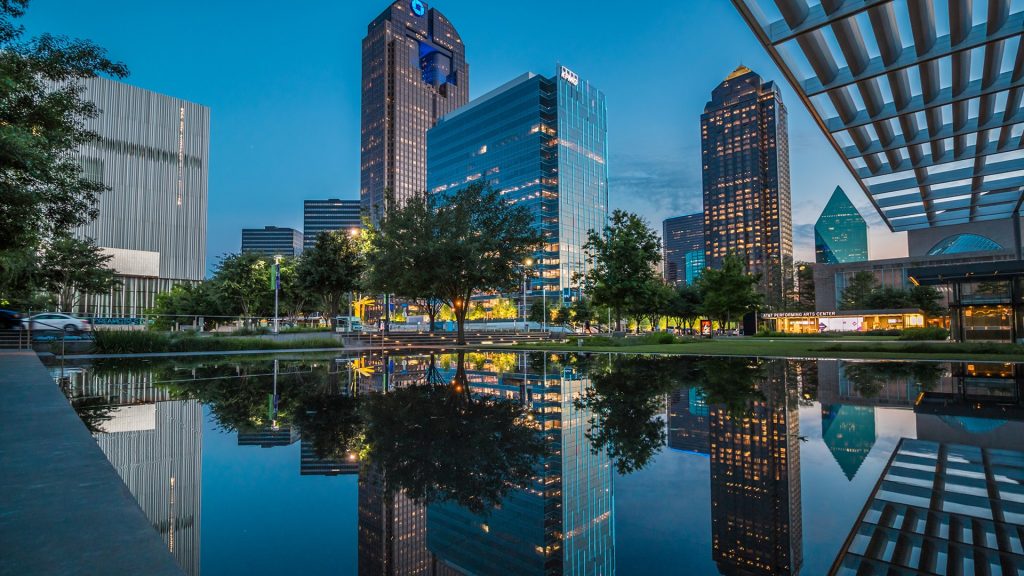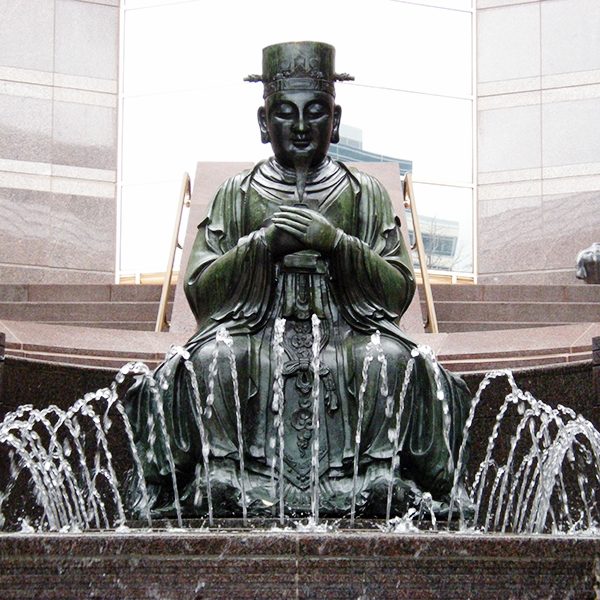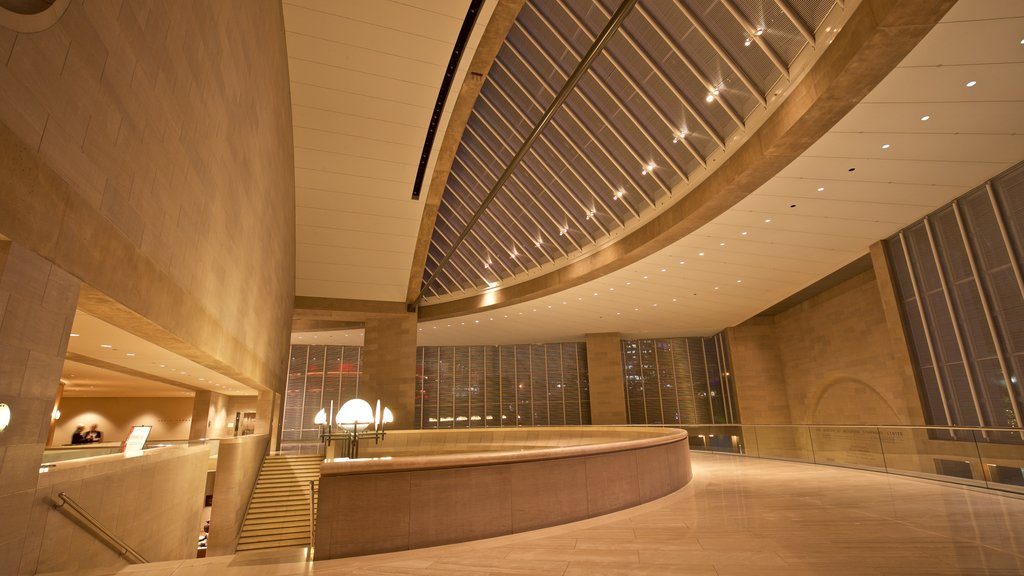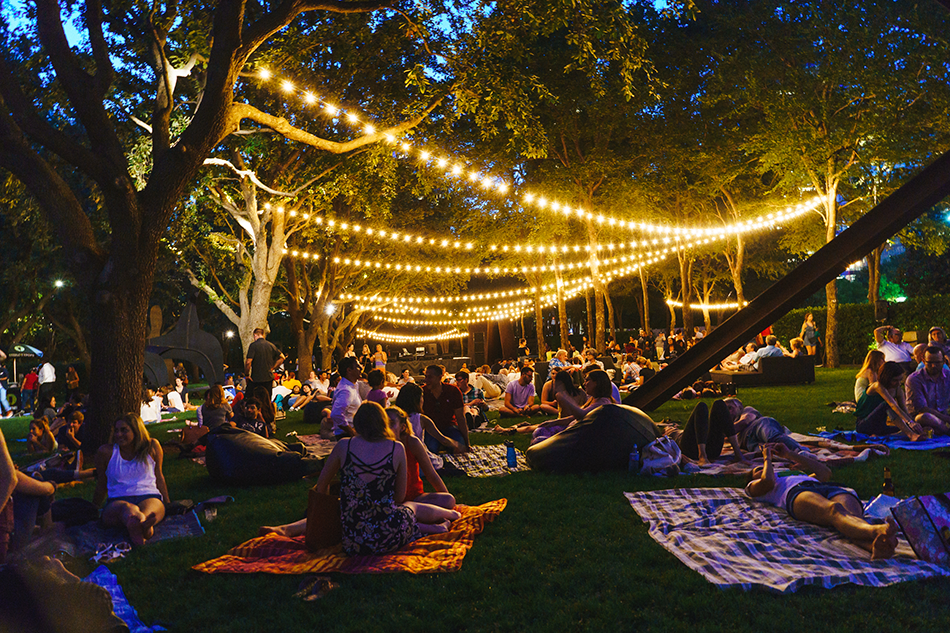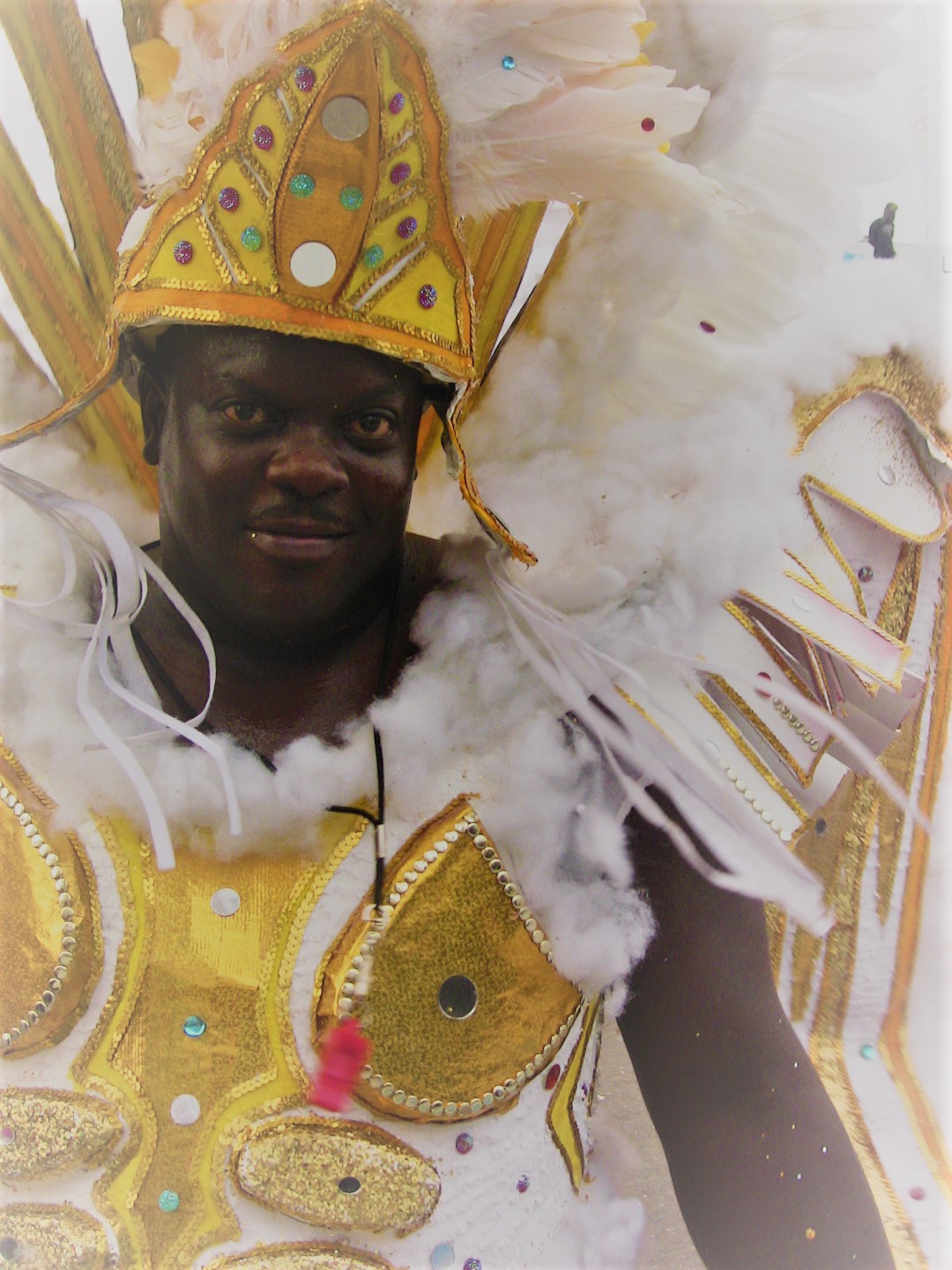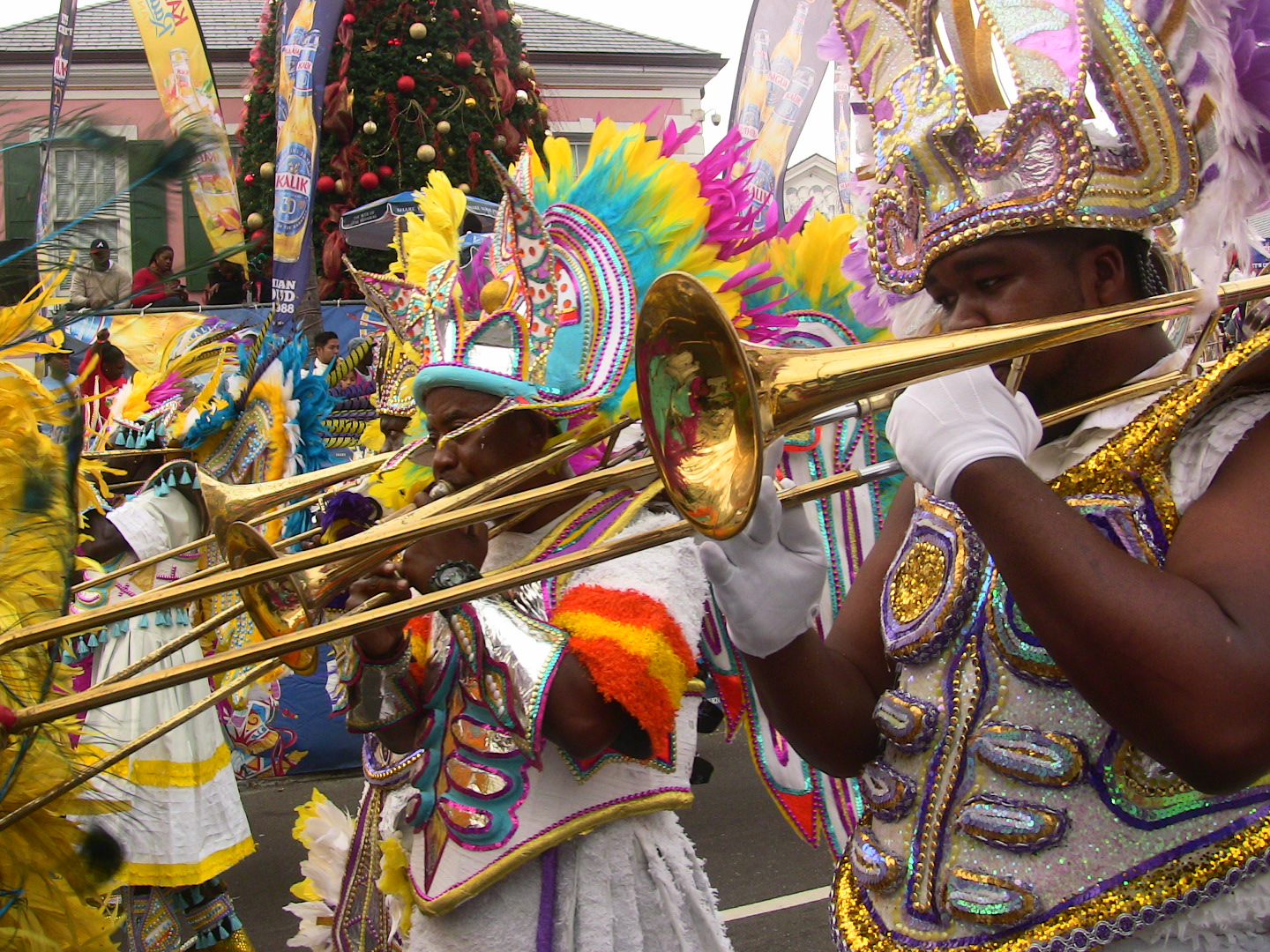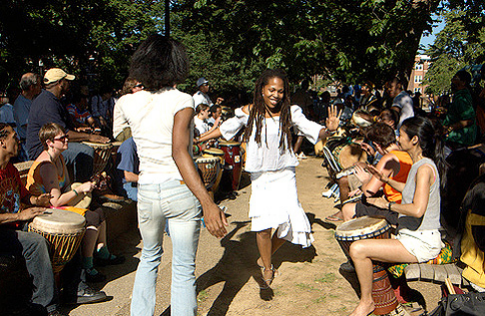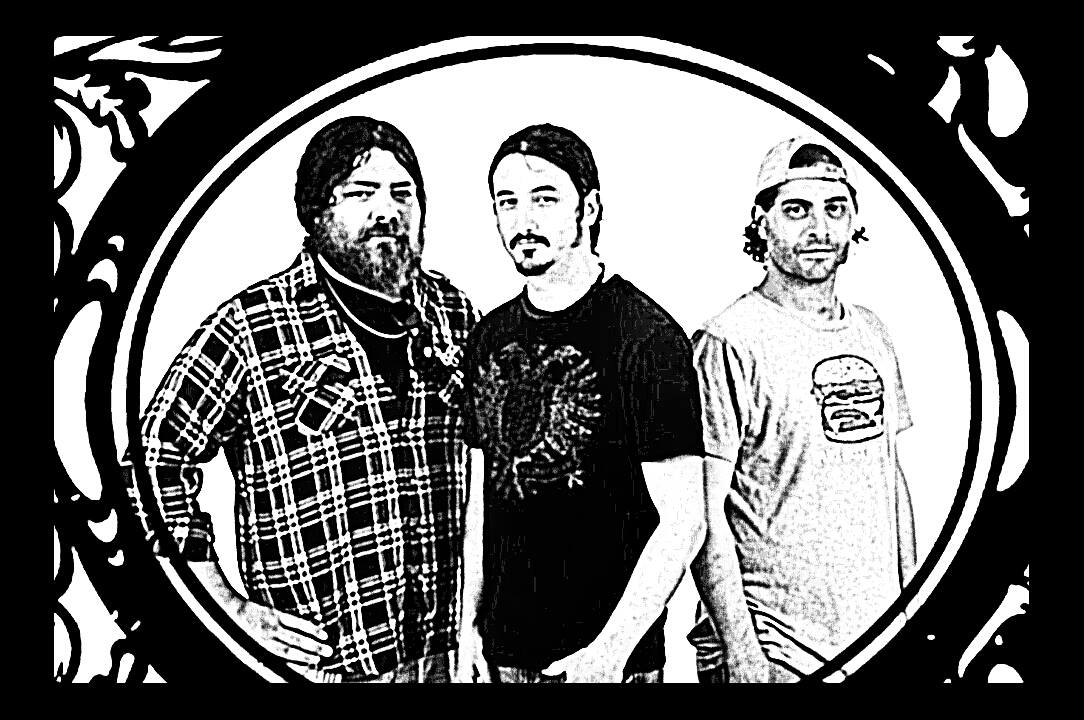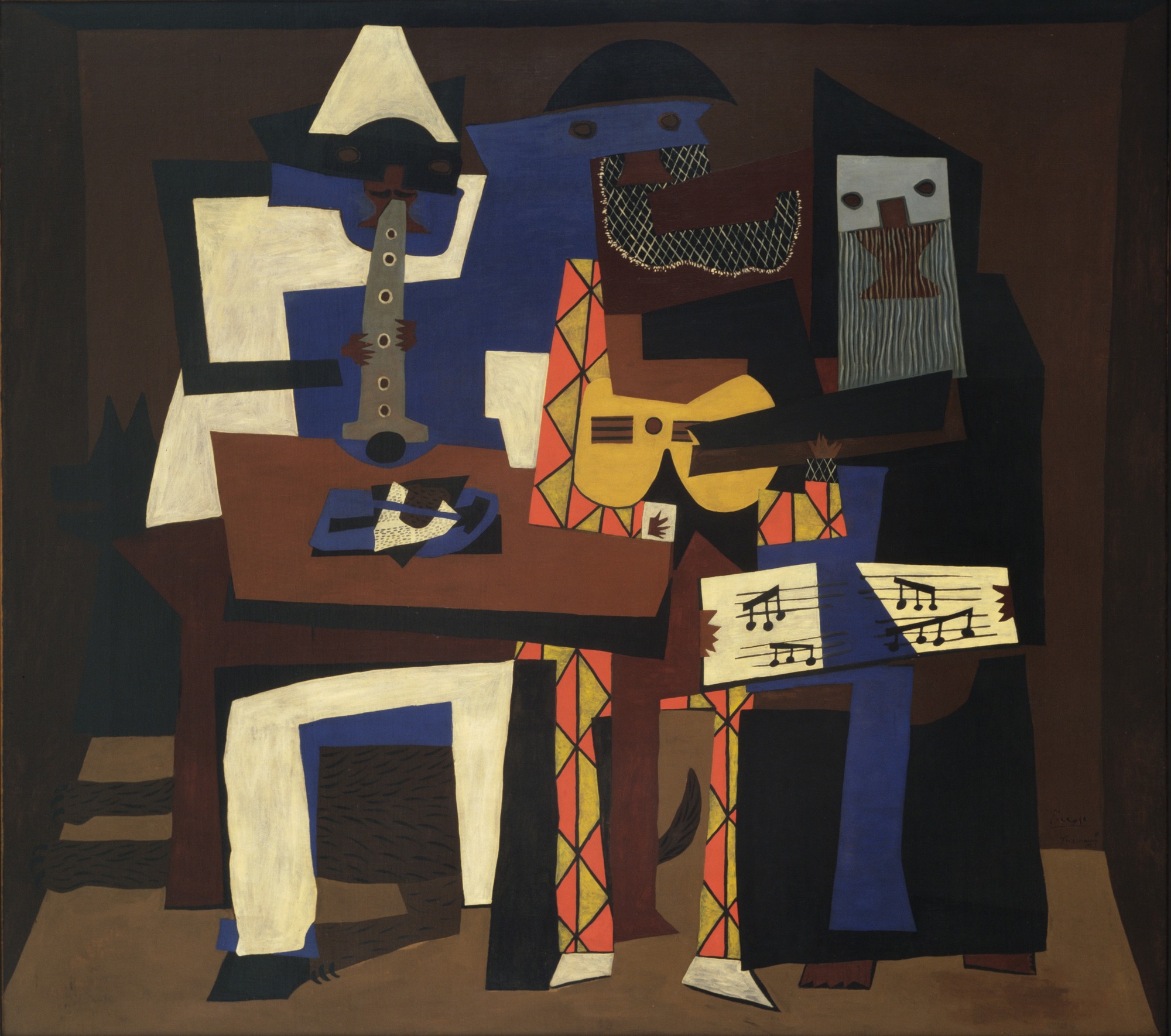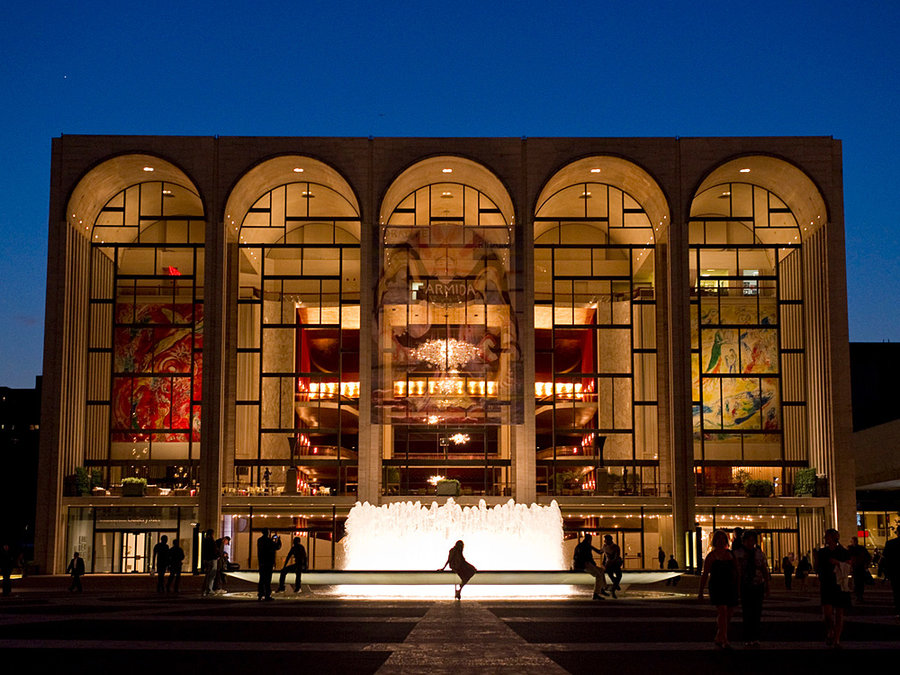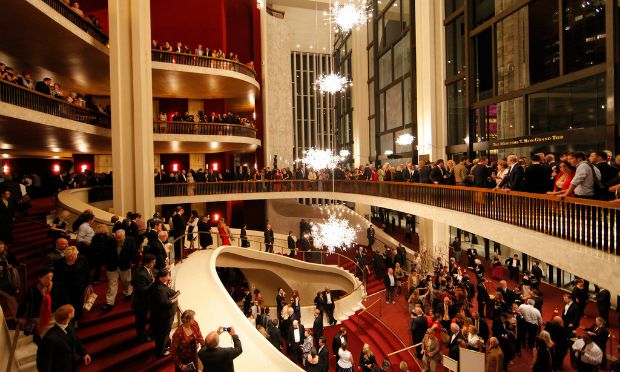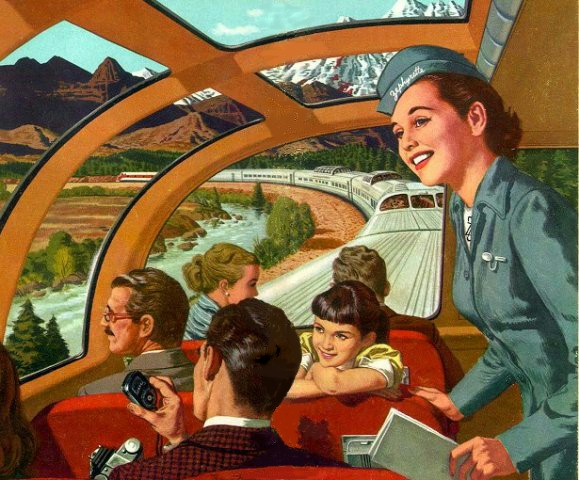Symposion
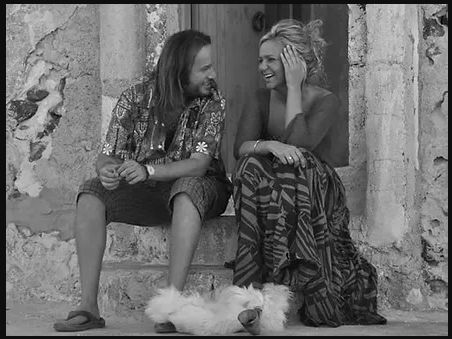
THE SCENE
Santorini! The name conjures up images of whitewashed blue-domed buildings drenched in sunlight, perched on cliffside terraces overlooking the sapphire sea. The crescent-shaped island in the Greek Cyclades has risen to mythic status as a vacation destination. But this story is not about Santorini. It just so happens to be the scenic backdrop for a story about what it means to live creatively. It’s a story that could happen in any city, any town, any village, any hamlet, anywhere in the world. It could happen to you if you let it.
The exemplary protagonists are Argy Kakissis and Yannis Pantazis—two individuals who were both carving their own unique paths that merged on Santorini, prompting them to join forces in designing and breathing life into an ongoing creative endeavor linking music and mythology called Symposion that serves as a source of inspiration for local visitors and global travelers alike.
THE HEROINE
Born and raised in Ohio, the daughter of Greek immigrants, Argy Kakissis did a study abroad program in Athens and Santorini in 1993 that awakened her desire to further explore her rich cultural heritage. After graduating from Ohio State with a history major/art history minor in 1996, Argy returned to Athens—not for a man or for a mission. “It was wanderlust that drove me.”
Like her studious father—a physician—and pensive sister whom she admired, Argy was intellectually curious, “always looking under the stone to see what’s under it.” But unlike her family members who had the tendency to brood, Argy was “overly optimistic…with the memory of a goldfish, happily swimming around my plastic castle.” Her father loved her over-optimism and encouraged her curiosity, which resulted in an unrestrained adventurous spirit.
Living in her own flat in Athens, Argy worked at some interesting jobs like the Athens News and a naval shipping company and earned her M.B.A. in Public Relations/Communications. She didn’t return to the U.S. until 2000 to visit her family at Christmas time. Although Argy kept up her annual holiday visits, as the years went by, it became apparent she was never moving back to the U.S. She hadn’t gone to Greece with the intention of becoming an expat, but that’s exactly what happened.
Before long, she had saved enough money to make a successful investment that financed her move to Santorini in 2007. Thrilled to find folks that she had met back in 1993 still living on the island, it was while rekindling these connections that she went to a BBQ at the house of a master potter in June 2008. “In walks this beautiful man with this crazy instrument I’ve never seen in my life. I found him very intriguing…”
THE HERO
Surrounded by music since his birth in the town of Grevena in Western Macedonia, Yannis Patazis grew up listening to his father playing “traditional” percussion professionally and his mother playing “Elvis records” at home. Although his first instrument was the “tennis racket” he imaginatively transformed into a guitar, the first musical sounds he made came out of a saxophone he picked up during a school program when he was 11, and within no time he had become “a maniac with saxophone”–earning enthusiastic applause with his renditions of “La Bamba” and the theme from “The Bold and the Beautiful.” When the program stopped suddenly, Yannis stopped playing sax because he didn’t own his own instrument and started playing albums as a DJ in a nightclub when he was only 13 to earn some cash. “My Mom let me loose because she trusted me…I was not an animal.” While working as a DJ, Yannis discovered Muddy Waters and other Delta Blues artists. “I fell in love with the Blues…bought a harmonica was I was 16,” and before long, was impressing friends with his skillful playing.
At 17, Yannis asked himself: “What are you going to do with your life?” Reminded of his joyful childhood experiences with the saxophone that generated positive feelings in others who told him was gifted, Yannis enrolled in conservatory in 1997 to study music theory and saxophone while playing blues harmonica professionally. After a mandatory stint in the army,[1] Yannis moved to Larissa in Central Greece, where he played blues harp in clubs and picked up a side gig as a DJ. One night while spinning discs, a distinctive sound transported him back to when he was 9 years old, watching a movie where the hero—a Robin Hood type—“cheated death” by dancing to traditional Greek bagpipe music as the police shot him down. Captivated by this memory, Yannis yearned to know more about the ancient bagpipe called the tsabouna, but where to begin? He had never even seen a tsabouna, let alone heard one played live! When a friend told him it originated in the Cyclades, Yannis moved to the island of Naxos to see if he could find any tsabouniers still living. Despite his outsider status, Yannis met an old shepherd who kindly introduced him to the tsabouna, and after playing it for the first time: “I felt numb…I knew my life was going to change.”
After months of obsessively practicing on Naxos, Yannis travelled to the islands of Paros and Mykonos, meeting with every tsabounier he could find and learning “as much as he possibly could” from them—not just about how to play the instrument, but also how to construct it out of goat skin, cow horn, cane, and bone. In 2007, his quest led him to Santorini, where he began playing the tsabouna at folk festivals, and bringing the “crazy instrument” to social gatherings, like the BBQ at a master potter’s house in 2008, where he met Argy Kakissis.
THEIR FIRST “BABY”—LA PONTA
After their initial meeting, Argy went to see Yannis at a jazz bar in Fira, the capital, where he worked as a DJ, spinning an astounding variety of classic jazz tunes, funk, and R&B reminiscent of her childhood in the U.S. but rarely heard in Greece. Nostalgic and fascinated, she wondered: “How the hell did this Greek boy know all this great American music?” and she went back to the club again. Maybe the third time truly is a charm, because after her 3rd visit, “we fell in love.”
“We began creating together immediately,” recalls Yannis. First, they dreamed of “building an amphitheater” on Santorini and inviting musicians from around the globe to play there–a fresh take on a classical form of performance art. “But we couldn’t find the space,” Argy says. Instead, they rented the tower in the medieval Venetian fortress of Akrotiri, lovingly and tenaciously restored it, and called it at “La Ponta,” which means “the peak.” By 2012, they had established a tsabouna exhibition at La Ponta, where they also hosted musical performances and educational workshops, and Yannis hand-crafted traditional flutes, bagpipes, and percussion instruments.
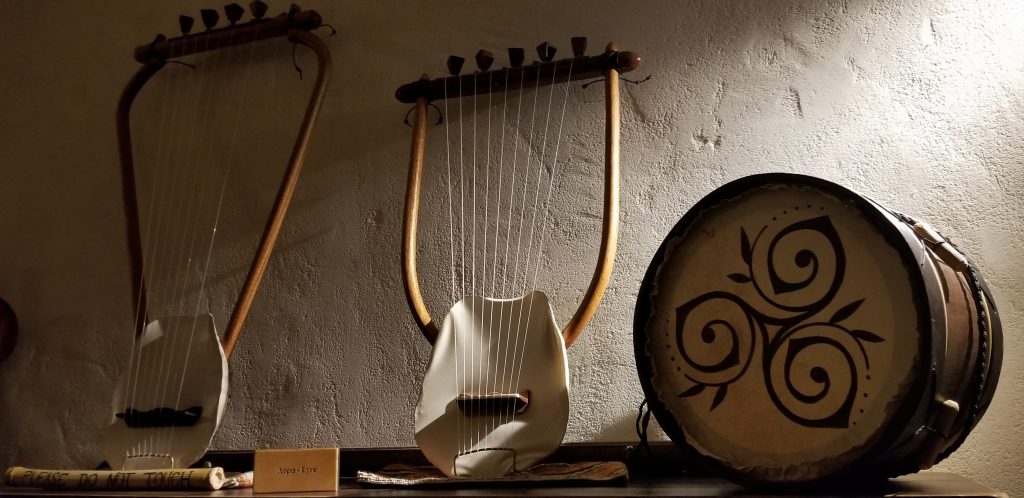
Yannis and Argy knew that their work at La Ponta and their presence at folk festivals had been generating local interest in the tsabouna; young people had been increasingly coming to Yannis for instruction, including descendants of celebrated tsabounier Stathis Arvanitis but they were unaware that a bagpipe revival was sweeping across “Germany, Italy, Spain, Estonia, Russia ... the entire European continent.” In 2015, Yannis suddenly found himself featured in a two-part BBC series cleverly titled Pipe Dreams, which documented the history of the bagpipes, establishing the tsabouna as the oldest known member of the bagpipe family of instruments and Yannis as its preeminent spokesperson.
After more positive news coverage from media outlets around the world, “we were on the map!” Argy recalls, and the visitors came pouring into La Ponta. Then, in 2017, BOOM! Just like that, they lost their lease…
THEIR SECOND “BABY”—SYMPOSION
“Devastated” but undaunted by their loss of La Ponta, Argy and Yannis sought out a new opportunity for fostering creative expression and cultural conservation on Santorini. In 2018, they co-founded a cultural center called Symposion[2] in the historic village of Megalochori.[3] After noticing nine ventilation holes in the main chamber of the stone building designed by Zorzis Ioannis Saliveros, Argy and Yannis were inspired to design Symposion’s progamming around the 9 muses of the arts. [4] Although Argy and and Yannis “use the identity of the space as a vehicle for creative expression, which allows the muses to guide their visitors,” Argy clarifies that they do not espouse “a particular religious dogma, belief system, or philosophy;” nor do they promote “a resurgence of the Dionysian cult.”[5]
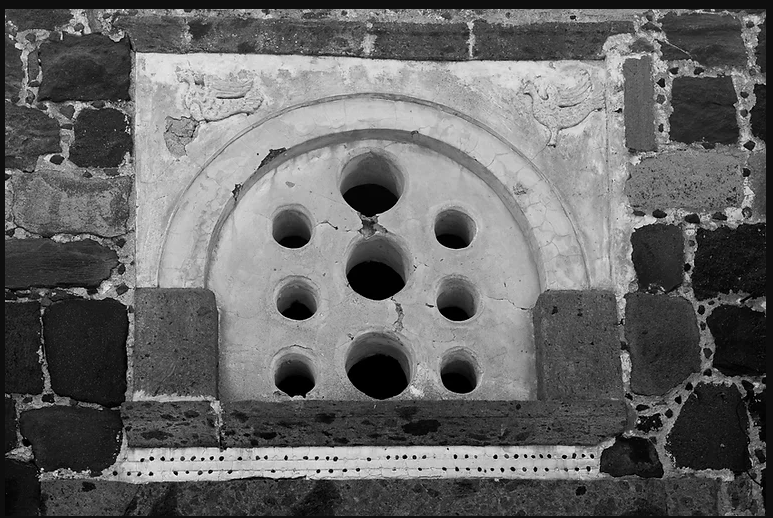
Open daily to the public from April through October, Symposion effectively caters to a broad swath of visitors with varied interests. Let Argy guide you on a historical tour of the turn-of-the-century winery that now houses visual art and performance space, as well as the artisan’s workshop where you can make your own pan pipe from local cane with under the tutelage of Yannis. Dance and play along as Yannis demonstrates 15 hand-crafted traditional Greek instruments via a mythological narrative. Take a crash course on the Philosophy of Wine and ponder the role wine played (and still plays) in the creative arts while sampling 4 indigenous varietals. At the Muses Wine Café, wine is not the only beverage on the menu; enjoy organic beer, Greek coffee, or tea garnished with fresh herbs from the Homeric botanical garden, along with your charcuterie and fruit plate.[6]
Or simply soak in an evening performance in thecourtyard and let the spontaneous Symposion experience wash over you like awave at high tide, which is exactly what I did.
I was fortunate enough to visit Symposion when the Harvest Moon was waxing close to full. It was the final performance of a four-part summer series showcasing the talents of a group of musicians from the local conservatory playing arrangements of Greek rock songs.[7] On one of the tunes, Yannis was called to the stage to play harmonica and blew the doors off the place. How could he have done that when an outdoor stage, which by its very definition, has no doors? The only answer I can give you is that there are doors in your mind you don’t know you have until they’re blown out. William Blake, in his poem The Marriage of Heaven and Hell said it best: “If the doors of perception were cleansed everything would appear to man as it is: Infinite.”[8]
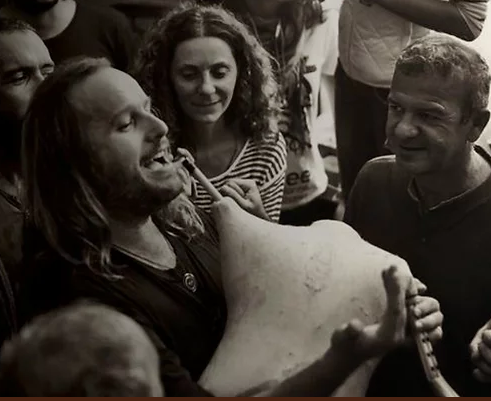
FUTURE MUSINGS INSPIRED BY MUSES
Creativity is defined as the ability to transcend traditions, rules, ideas, patterns, relationships, and create meaningful new ideas, forms, methods, interpretations. Argy and Yannis are the embodiment of creativity and they show no signs of slowing their roll. Plans are underway to build a Cave of Polyphemus beneath the current Symposion site that will serve as a recording studio and acoustic ecology[9] lab in collaboration with Grammy award-winning producer and curator Christopher King.[10]
Argy and Yannis have adapted their original common dream of building an open air theater by travelling farther back in time to Santorini’s first known civilization—the Minoans. Instead of a classical amphitheatre, they’re designing a performance space in a “sunken home inspired by a Bronze Age house.”[11] Meanwhile, Yannis is sharing his lifelong interest in mythology via his blog on Quora[12] and is compiling a “2-volume introduction to symbolism and dictionary of symbols from the psychic and astronomic points of view.”
When Argy and Yannis moved to Santorini, they had no clue it would become a mecca for celebrities like Robert De Niro whose new hotel in Imerovigli is scheduled to open this year. “Now Michelin-star chefs are popping up everywhere and people with private jets are flying in,” Argy laughs. Yet they remain unfazed by the rapidly changing social climate. “We’ve created our own little Utopia” where the entire world can “come to be inspired.”
OBSERVATIONS & TAKEAWAYS
Judging from my observations while visiting Symposion and my extensive interviews with Argy and Yannis, the first key to their success is that they’re shutting out the external noise so that it’s quiet enough to hear their inner voices. They do not own a TV (Argy calls them “idiot boxes”), eliminating much of the pollution contaminating people’s minds, and they keep the wolves of social media at bay.[13] In the absence of constant negative reinforcement, Argy and Yannis have cultivated a profound peace that I instantly sensed at Symposion, and in that peace, creative powers have the chance to thrive like carefully tended plants.
The second key is that Argy and Yannis are listening to each other’s voices and offering each other support and encouragement. From the outset of their relationship, no one pooh-poohed the other one’s ideas as cray or unrealistic, saying: “That will NEVER work! They’ll NEVER come!” While I’m not privy to their personal discussions, I suspect the exact opposite might be true; their wackiest ideas seem to generate the most enthusiasm and eventually manifest into reality.
The third key is that Argy and Yannis are avoiding the pitfalls of stereotypical thinking that always include the word “CAN’T.” Argy could have said: “As a woman, I can’t just go live in another country by myself without a concrete plan. Think of all the terrible things that could happen to me!” Yannis could have said: “As a man, I can’t just drop everything to go on some crazy quest; I’ll lose my status in society as a professional musician. Dudes won’t look up to me. Ladies won’t love me!” They both could have said: “Now that we’re married, we can’t just make art anymore. We’ve gotta start making babies or we’ll break our parents’ poor Greek hearts!”
Neither Argy nor Yannis have allowed doubt in themselves or one another to creep into the cracks of their solid foundation, which tragically causes so many talented people to abandon their dreams. This does not mean Argy & Yannis adhere to rigid mental constructs of how things must be. Instead, they respond to obstacles in their path resiliently and adjust their goals flexibly, with a steadfast focus on how things could be.
Argy sums it up like this: “We’re just simple folk. Where there’s a will, there’s a way.” Put your hand on your heart and ask yourself what you really want to do and you can do what we did anywhere,” says Yannis, like “the guy who opened a gourmet restaurant in a remote village in Sweden and now people are coming from all over the world to eat there.”[14]
While Argy and Yannis offer the twin tools of music and mythology to their guests, they “leave it up to you to decide what it all means.” For me, Symposion represents an oasis in a world where we’re incessantly being inundated with political propaganda, marketing and media messaging, Not being told what to think and what to feel is an extraordinary soul-liberating experience. A door in my barricaded mind opened wide enough for me to glimpse the clouds of endless possibilities shift from past, to present, to future, and back to past, in a continuous cycle. My complacency disguised as contentment was stripped away, revealing the divinely inspired urge I share with other human beings to build and leave behind an eternal legacy. Although you wouldn’t know it from reading the news, we’re not just here on this earth to compete and destroy; we’re also here to collaborate and create. Argy Kakissis and Yannis Patazis are living proof.
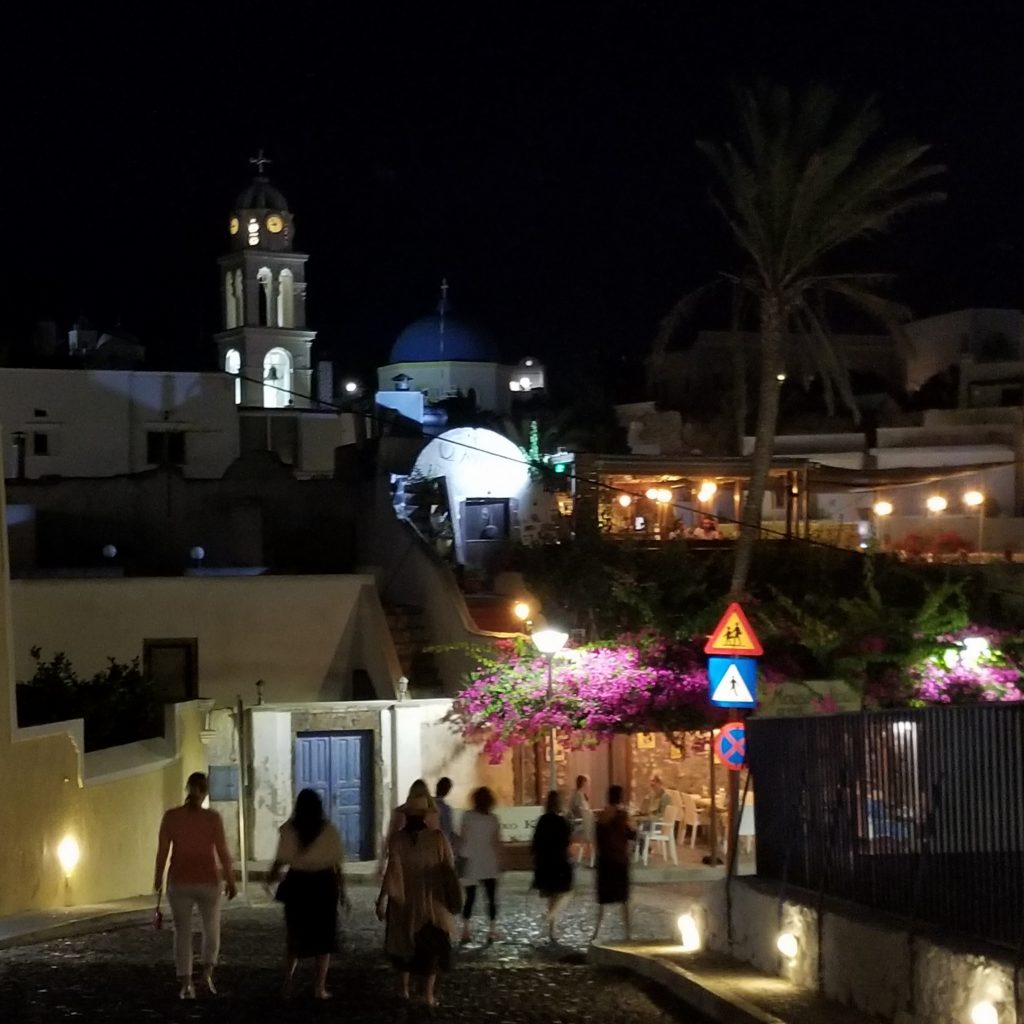
ACKNOWLEDGEMENTS
Special thanks to Clay Cofer, whose boundless enthusiasm for classical Greek art and mythology inspired me to visit Greece, Dimitra Kotinandes, whose Yoga Adventure brought me to Santorini (see https://dimitrayoga.com/adventures/dimitra-yoga-adventure-in-santorini/), Rich and Salli Innes for introducing me to Symposion, and Argy Kakissis and Yannis Patazis for graciously inviting me into the Symposion family and patiently sharing their stories with me.
[1] Greek males between the ages of 19 and 45 are legally required to perform military service for 12 months. See https://greekcitytimes.com/2021/01/22/greece-military-service-12-months/
[2] Derived from the Greek word sympinein –“to drink together,” the idea behind the name Symposion is that through drinking together, we discover our individual and collective identities, our present and our past.” See https://www.symposionsantorini.com/
[3] See Why You Should Visit MegalochoriSantorini - TripAnthropologist for an especially well-written overview. My personal favorite shop is Transit Mask, a fine quality leather goods workshop owned and operated for over 30 years by master craftsman Stelios Drosos, whom we affectionately called “the leather man.” See Transit Mask – Hand Made Leather Creations for more info, including videos of Stelios at work!
[4] For a basic introduction to theNine Muses of Greek mythology and their respective powers, see https://greekreporter.com/2021/08/15/muses-of-greek-mythology/.
[5] The cult of Dionysus originated inMycenaean Greece and spread to mainland Greece and the Cyclades during theclassical period, and was introduced to Southern Italy in 200 BC, where it is rumored to still exist. See What is the Cult of Dionysus? Greek Mythology Mysteries | Mythology Planet
[6] For more info, including videos, ofSymposion’s offerings, some scheduled daily and some by request, see https://www.symposionsantorini.com/events-at-symposion. For more info on the Muses Wine Café, see https://www.symposionsantorini.com/cafe. It is also worth noting thatSymposion can be booked for private events. See https://www.symposionsantorini.com/private-bookings
[7] With the guidance of guitarist/vocalist Christoforos Gavalas, this performance on Saturday, Sept. 18, 2021, featured Maria Xamis on vocals, Themis Kapetsonis on guitar, Eva Kontou on double bass, and Antonis Eleutherakis on drums.
[8] This poem inspired the title ofAldous Huxley’s book The Doors of Perception, which in turn inspired the name of L.A. based psychedelic rock band The Doors.
[9] See An Introduction to Acoustic Ecology (ciufo.org) by Kendall Wrightson.
[10] For more about self-described “auricularraconteur & sonic archeologist” Christopher King, see http://longgonesound.com/about
[11] For an idea of what a “sunken home”might possibly look like, watch this video of the computer generatedreconstruction of the West House by the archeological society of Athens. West house reconstruction - Akrotiri- YouTube
[12] See https://www.quora.com/profile/Yannis-Pantazis-1
[13] Argy uses social media only to promoteSymposion and stay in touch with friends and family, many of whom are back in the States that she rarely gets to see in person.
[14] Yannis is referring to chef MagnusNilsson, and his restaurant Faviken in Are, Sweden, 400 miles north ofStockholm. In 2018, Nilsson added a pop-up restaurant Uvisan, cocktail barSvartklubb, and café/bakery Krus, which all occupy the same space on a rotating basis throughout the day. Nilsson says the pop-ups give Faviken’s pool of talented sous chefs the chance “to take more responsibility, develop, and be creative.” See https://www.nytimes.com/2018/03/10/travel/uvisan-restaurant-faviken-are-sweden-review.html

